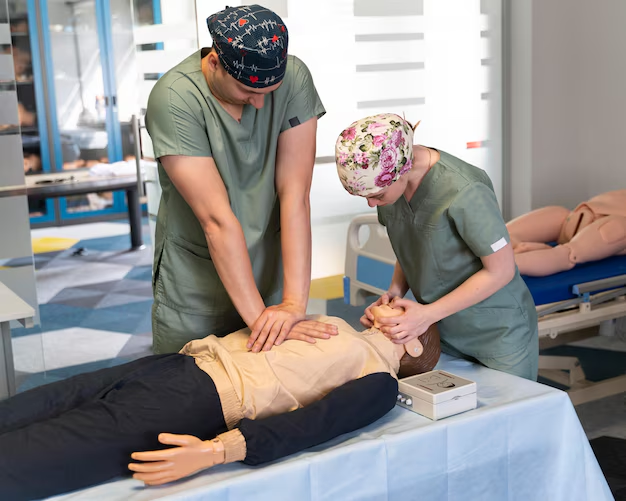Scherhernia is a term that may not be widely recognized, yet it holds significant importance in specific medical or health contexts. Understanding its implications can provide valuable insights for those affected or interested in related health topics. This article aims to clarify what scherhernia is, its symptoms, causes, and potential treatments, while employing semantic SEO strategies for better visibility.
1. What is Scherhernia?
Scherhernia is often categorized as a type of hernia, which occurs when an organ or fatty tissue pushes through a weak spot in the surrounding muscle or connective tissue. Although detailed medical literature specifically addressing “scherhernia” may be limited, it can be essential to explore its characteristics based on its classification.
Key Characteristics:
- Location: Hernias can occur in various parts of the body, including the abdomen, groin, and diaphragm. Understanding where scherhernia manifests is crucial for diagnosis.
- Types of Hernias: Hernias are generally classified into different types, such as inguinal, femoral, umbilical, and hiatal. Identifying the specific type related to scherhernia can guide treatment options.
2. Symptoms of Scherhernia
Recognizing the symptoms associated with scherhernia is vital for timely intervention. “6. scherhernia” Common symptoms may include:
- Visible Bulge: A noticeable bulge in the affected area, especially when standing or straining.
- Pain or Discomfort: This can range from mild discomfort to severe pain, particularly when lifting or bending.
- Nausea or Vomiting: In some cases, individuals may experience digestive issues if the hernia impacts nearby organs.
3. Causes and Risk Factors
Understanding the causes and risk factors associated with scherhernia can aid in prevention and early detection.
Common Causes:
- Weakness in Muscle Tissue: This can be congenital (present at birth) or acquired due to factors like age, obesity, or previous surgeries.
- Increased Pressure: Activities that increase pressure in the abdominal area, such as heavy lifting, chronic coughing, or straining during bowel movements, can contribute to the development of a hernia.
Risk Factors:
- Age: Older adults are more susceptible to hernias due to weakened muscles.
- Obesity: Excess body weight can strain the abdominal wall.
- Family History: A genetic predisposition may increase the likelihood of developing a hernia.
4. Diagnosis and Treatment
If you suspect you have scherhernia, seeking medical “6. scherhernia” attention is crucial for proper diagnosis and treatment.
Diagnosis:
- Physical Examination: A healthcare provider typically conducts a physical exam to check for bulges and assess symptoms.
- Imaging Tests: In some cases, imaging studies like ultrasounds or CT scans may be necessary to confirm the diagnosis.
Treatment Options:
- Watchful Waiting: If the hernia is small and asymptomatic, a healthcare provider may recommend monitoring the condition.
- Surgery: For larger or symptomatic hernias, surgical intervention may be necessary. Options include open surgery or minimally invasive laparoscopic surgery.
5. Prevention Tips
Preventing scherhernia involves lifestyle modifications and awareness of risk factors.
Preventive Measures:
- Maintain a Healthy Weight: Reducing excess weight can decrease strain on the abdominal muscles.
- Practice Safe Lifting Techniques: Use proper lifting techniques to minimize pressure on the abdominal area.
- Strengthen Core Muscles: Engaging in exercises that strengthen core muscles can provide better support for the abdominal wall.
Conclusion
Understanding scherhernia is essential “6. scherhernia” for those affected by or interested in hernia-related health issues. By recognizing its symptoms, causes, and treatment options, individuals can make informed decisions about their health. Staying proactive through preventive measures and seeking timely medical attention can significantly impact the management of scherhernia and enhance overall well-being. If you suspect you have a hernia, consult a healthcare professional for personalized advice and treatment options.
